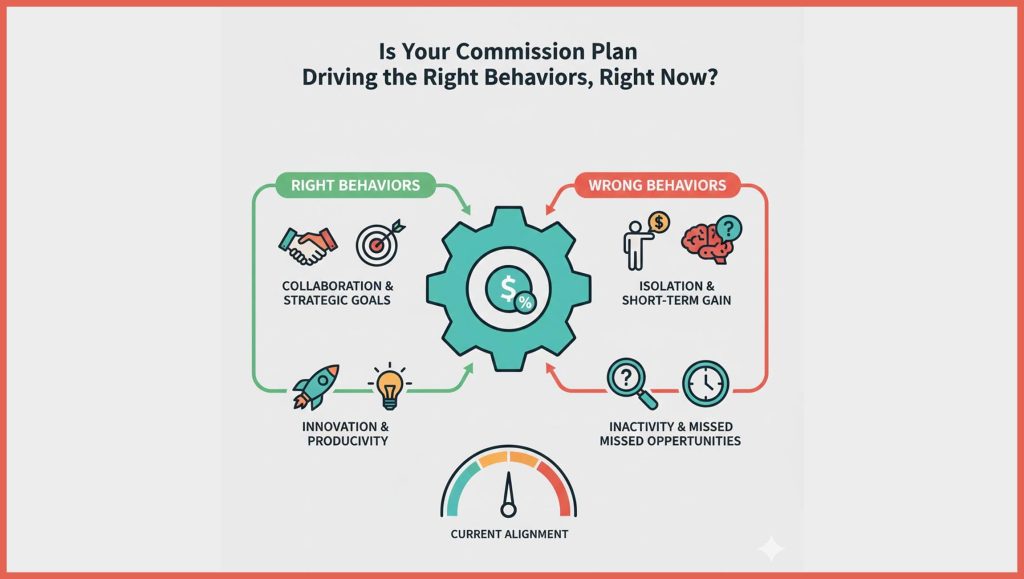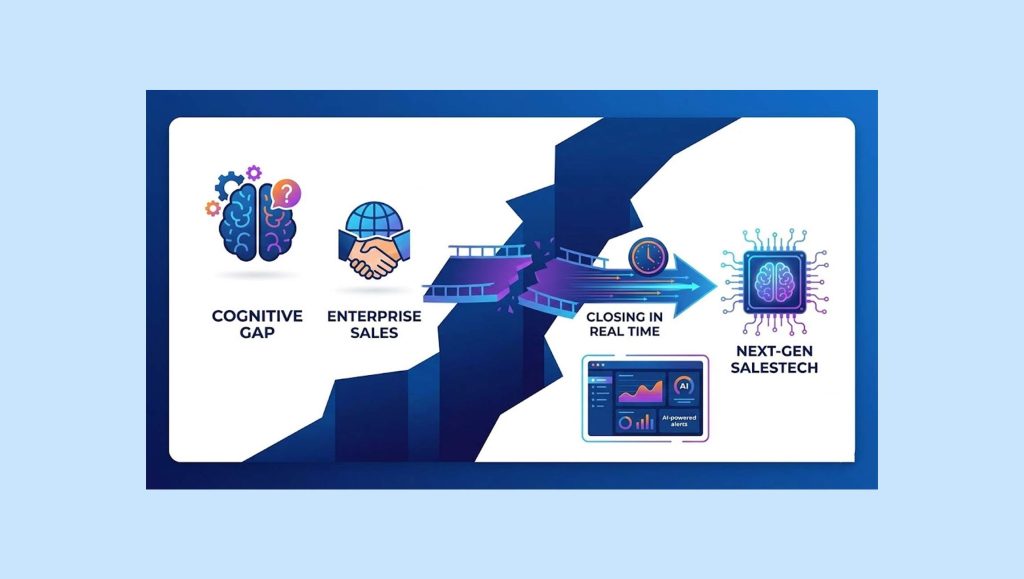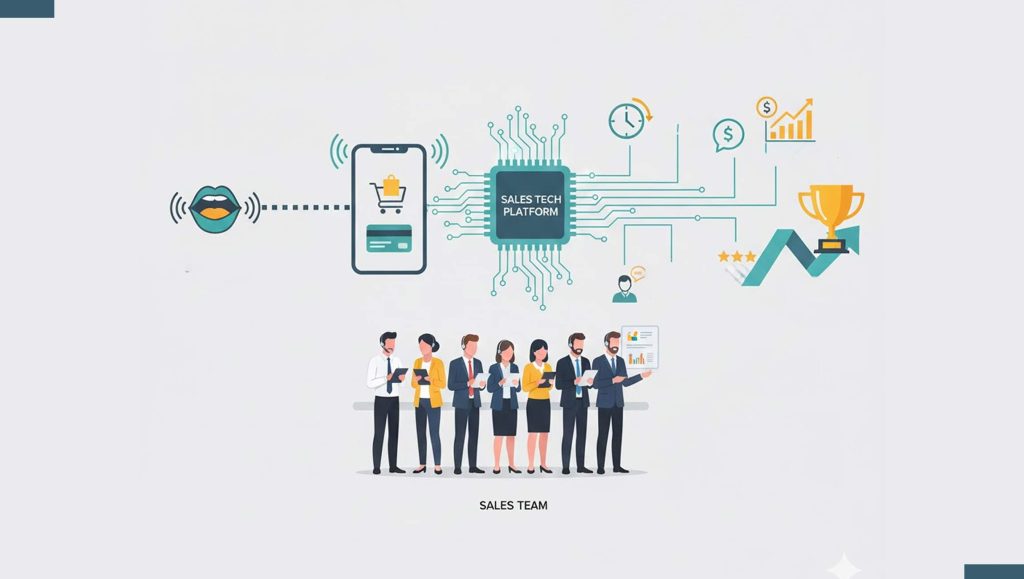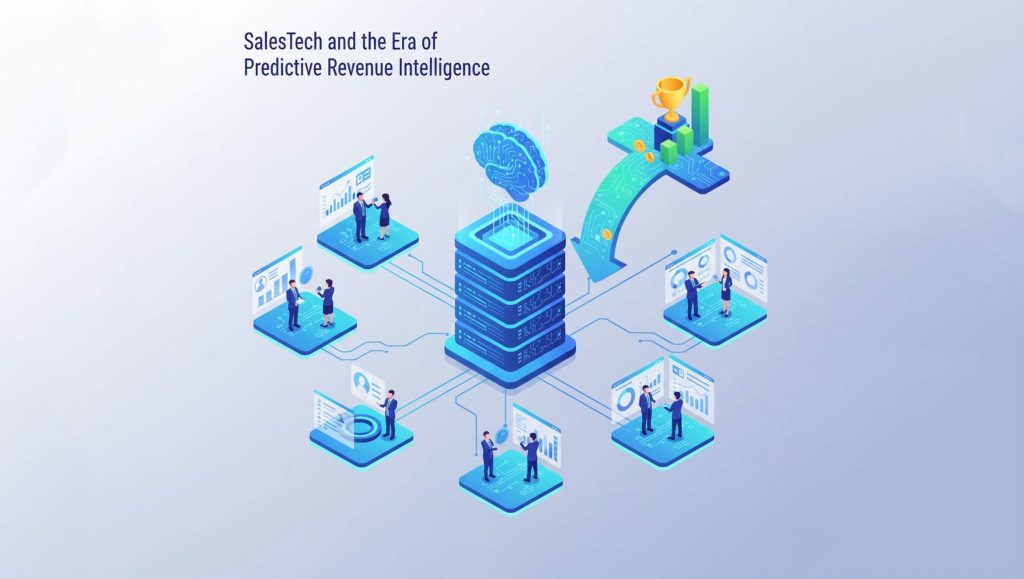 Influencer Marketing has seen tremendous growth in recent years. Once viewed as an experimental channel, it has evolved into a core strategy for most marketing organizations and the industry is expected to reach upwards of $10 billion by 2020. But, as with any emerging market, Influencer Marketing must evolve in order to survive. As the industry grows, it’s becoming increasingly difficult for brands to achieve consistent success, which begs the question: How can the influencer ecosystem mature to keep up with demand?
Influencer Marketing has seen tremendous growth in recent years. Once viewed as an experimental channel, it has evolved into a core strategy for most marketing organizations and the industry is expected to reach upwards of $10 billion by 2020. But, as with any emerging market, Influencer Marketing must evolve in order to survive. As the industry grows, it’s becoming increasingly difficult for brands to achieve consistent success, which begs the question: How can the influencer ecosystem mature to keep up with demand?
Here are the top five trends that will shape the Influencer Marketing industry in 2019:
1. Data Will Play an Essential Role in Decision Making
Because of the algorithmic nature of social channels and growing concerns over follower and statistical fraud, simply evaluating influencers based on basic metrics like followers and reach are common missteps towards a poorly performing Influencer Marketing strategy. Brands like Unilever have been vocal about these issues, and just recently Kellogg’s announced it will no longer pay influencers based solely on reach. While this adds a layer of complexity around Influencer Marketing, technology can help brands make smarter, more informed decisions.
In 2019, data will play an essential role in Influencer Marketing strategies and determine how brands work with influencers. Rather than focusing on singular metrics, brands will evaluate influencers across a spectrum of factors such as creative affinity, engagement quality, growth rate, audience matching and more. Artificial Intelligence and Machine Learning will allow marketers to make smarter decisions about the influencers they collaborate with and help them to develop deeper relationships with their influencer communities.
Read More: Shifting Trends For B2B And B2C Marketers: A Look Forward
2. Increased Demand for Video Will Turn Influencers into Videographers
Every marketer knows that video is critical to compete on digital today. It’s predicted that video will represent 80 percent of all internet traffic by 2021. However, video is also one of the most challenging creative mediums to scale. And as digital, social and mobile channels become more fragmented, marketers are tasked with producing a wide range of videos that can appeal to the right audience, on the right channel, in the right format. Whether you’re using an agency or a large in-house creative team, keeping up with the demand for video has become nearly impossible.
However, brands are recognizing influencer-generated content (IGC) as a powerful way to scale video creative for every channel. Building a community of influencers gives brands a cost-effective way to produce videos that are native to social channels, appeal to a targeted range of audiences, and can be scaled up quickly to meet demand. In 2019, as both the demand and inherent cost for video increases, brands will turn to influencers as a distributed creative workforce for video.
3. Brands Will Finally Take Advantage of the Personalization Stack
Personalization plays an essential role in driving customer acquisition. A recent report by Epsilon Research found that 80 percent of consumers are more likely to do business with a company that offers personalized experiences. And while technology has given brands the ability to personalize the entire customer journey, a large majority of brands have yet to take action.
According to Gartner, marketers consider a lack of diverse content to be one of the biggest barriers to personalization. As IGC becomes a more accepted source for branded content, influencers will become the resource brands harness to generate creative at high volume and unlock personalization. Additionally, the ability to boost sponsored content from influencers has caused the lines between media spend on owned channels and influencer channels to blur. As a result, marketers will able to deepen their personalization strategies by selecting the influencer who resonates with a specific audience to deliver the right content via the right channel.
Read More: The Importance Of Creating A Frictionless Customer Experience To Reduce Customer Churn
4. Brands Will Expand Their Focus to Channels Beyond Instagram and YouTube
Instagram and YouTube remain the most popular channels for Influencer Marketing today. However, as competition grows both in terms of advertising and influencer collaboration cost, brands will begin to experiment with channels outside of the Facebook and Google ecosystems.
In 2019, we’ll see brands diversify their approach to advertising and Influencer Marketing, and shift their focus towards targeted, industry-specific channels like Pinterest and Twitch, as well as emerging channels like TikTok. While none of these channels will unseat Instagram as the dominant force in Influencer Marketing, brands may see outsized value in targeted audiences focused on specific verticals.
5. Influencer-Driven Brands Will Move into the Mainstream
It’s never been easier to start a digitally native brand than today. With platforms like Shopify combined with massive amounts of venture capital money poured into direct-to-consumer brands, we are in the midst of an e-commerce brand tsunami that is showing no signs of slowing down in 2019.
As these brands seek to create differentiation from their peers, they will continue to turn to influencers to provide them with a platform for growth. Already, we’ve seen several influencer-led brands reach nine-figure valuations, such as ipsy (Michelle Phan), Seed Beauty (Kim Kardashian and Kylie Jenner), BBG (Kayla Itsines), and Fashion Nova. By the end of 2019, there will be many more influencer brands reaching new heights.
Read More: Behavioral Data: A Stake Through The Heart Of Cold Calling





















